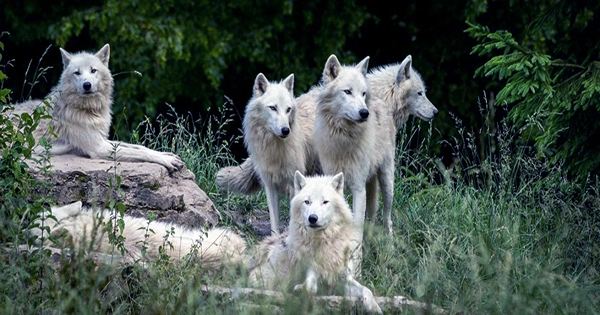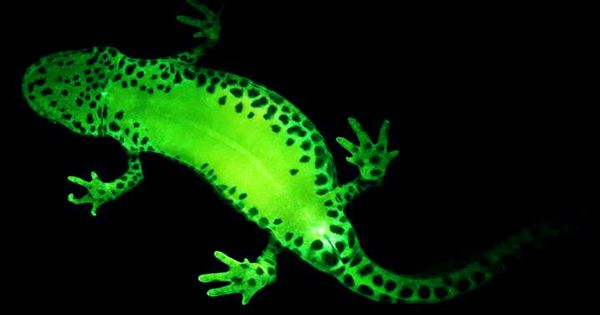Researchers have discovered the ancestry of humanity’s closest friend, the domestic dog, thanks to DNA taken from the remains of preserved ancient wolves. Their extensive investigation, which was published today in the journal Nature, reveals that all contemporary dogs have a dual lineage that may be linked to at least two populations of extinct wolves. Even though we have a strong bond with dogs, experts are still unsure of how dogs came to be domesticated. Although several chapters of the tale are lacking, the general agreement is that dogs were initially domesticated from a now-extinct gray wolf population during the Neolithic period, between 29,000 and 14,000 years ago.
A big group of researchers from the Francis Crick Institute examined 72 ancient wolf genomes from around Eurasia and North America that date back 100,000 years in an effort to shed light on this history. This comprised genetic material gathered from ancient Ice Age wolves’ physical remains that had been almost flawlessly preserved in permafrost as well as DNA samples from laboratories throughout the world. The head of a Siberian wolf that lived 32,000 years ago is the most stunning of all these prehistoric “mummified” wolves. It is seen below.
The 18,000-year-old male wolf pup known as “Dogor,” which in the Yakut language used in the region of Siberia where it was found, means “Friend,” is another magnificent specimen in the research. By analyzing the 72 genomes, scientists discovered that early dogs in Siberia, the Americas, East Asia, and Europe may be directly traced to a type of wolf that is related to the eastern Eurasian wolf.
Early dogs in the Near East and Africa, meantime, derived up to half of their heritage from a species connected to eastern Eurasia and the remaining half from a different population related to contemporary southwest Eurasia wolves. This could have happened as a consequence of autonomous domestication in the Near East and Africa or as a result of local wolves and dogs getting along. Overall, wolves from eastern Eurasia and dogs are more closely related than wolves from western Eurasia, suggesting that domestication may have taken place more frequently in the east.
Anders Bergström, co-first study author and post-doctoral researcher in the Ancient Genomics lab at the Crick, said in a statement: “Through this project we have greatly increased the number of sequenced ancient wolf genomes, allowing us to create a detailed picture of wolf ancestry over time, including around the time of dog origins.” We discovered that dogs draw lineage from at least two distinct wolf populations by attempting to fit the dog component into this picture: an eastern source that contributed to all dogs and another, more westerly source, which contributed to some dogs.
The location of eastern Eurasia coincides well with findings from research published last year that suggested dogs have domesticated there in eastern Siberia some 23,000 years ago. The revelation of dual heritage, however, raises the possibility that the tale is a little more nuanced than previously thought. According to this most recent study, it is also evident that between 40,000 and 30,000 years ago, wolves and dogs all around the world suddenly started to exhibit an exceedingly widespread gene variation known as IFT88. IFT88, a once-rare variation, is still present in all wolves and dogs today and still controls how the skull and jawbones grow.
According to the researchers, the prevalence of this mutation suggests that prehistoric wolves were extremely well-connected across vast distances, which may have given them an advantage during the arid Ice Age. According to senior author Pontus Skoglund, who also serves as the group head of the Ancient Genomics lab at the Crick, “this linkage is maybe a reason why wolves were able to survive the Ice Age whereas many other great predators perished.” Although the origin of dogs is still unknown, this new study offers one of the most thorough glimpses yet into their remarkably cloudy past by charting the creatures’ evolution over a period of 100,000 years.
















